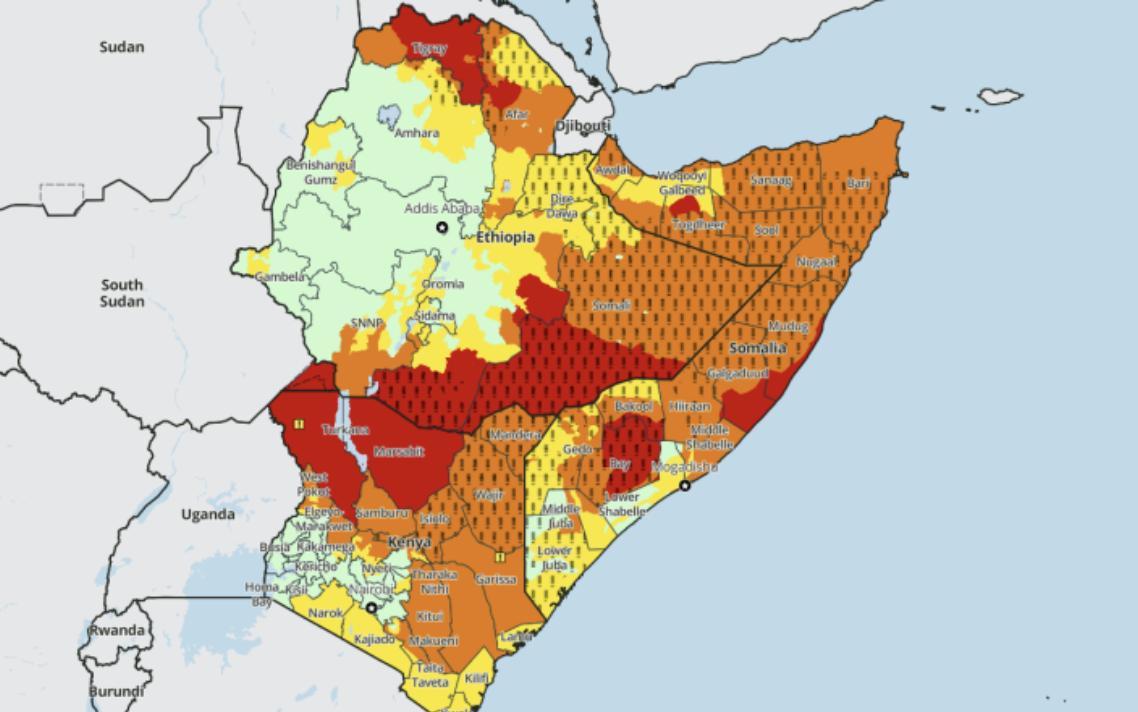Background
NS strives to provide convenient,
fast, safe, affordable, and sustainable travel. NS is developing into a broad service
provider that works with other companies to offer the customer the option of
'smart' travel based on the most up-to-date information. Convenient travel, from
door to door. [1]
OV-fiets is the readily accessible rental bicycle for the last part
of your trip. If you arrive at the station by train, you can quickly and easily rent a
public transport bicycle and cycle on to your appointment, go visit friends and family, go
to the museum or attend a business lunch. There are almost 300 rental locations: at many
stations, at bus or metro stops and at P+R sites. [2]
Currently, NS cannot provide
information about the short-term availability of this mobility service, due to which
customers are limited in being able to reliably plan their door-to-door journeys. As the
first step in addressing this problem, NS is currently developing a data product to provide
information on OV-fiets availability within the upcoming 48
hours.
Research questions •
How can/should OV-fiets availability be defined, measured and
forecast?
• What is the best way to communicate OV-fiets
availability forecasts?
• What is the best way to measure
the impact of OV-fiets availability forecasts?
What you will
do
You will research and develop a model to forecast OV-fiets
availability at an OV-fiets rental location, and compare its predictive properties to the
existing baseline models. This will involve for example field work, user experience
research, and applying predictive modelling techniques.
Where will you
work
• Physically
• At the NS's head-office located
right next to Utrecht Central train station
•
Among and with an experienced group of NS Data Scientists and
Engineers
• In close
collaboration with NS domain experts
•
Digitally
• On NS's
Microsoft Azure platform, including:
• Azure
Databricks environment
• Sandbox Azure
development subscription
• DevOps services,
including Boards, Repos, and Pipelines
•
Communications through NS Slack service
What we
expect from you • Commitment to
availability: at least 7 out of 8 weeks
• Shared values:
team play, customer-focus, open-mindedness, transparency
•
Physical attendance: meet in the office at least one day per
week
• Digital attendance: check in online on a daily
basis
References • [1]
NS
mission• [2]
OV-fiets frequently
asked questions



